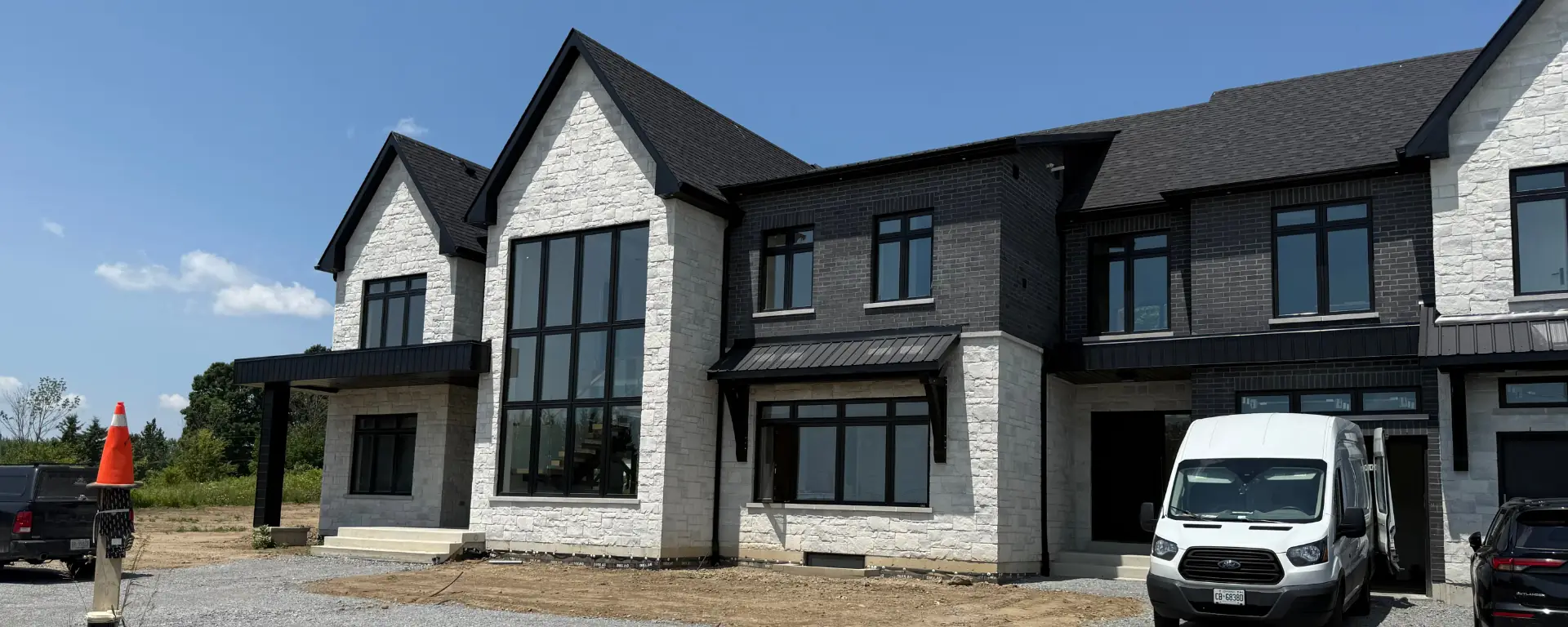
How to Match Paint with Architectural Style
Learn how to match paint with your home’s architectural style discover timeless color pairings that enhance character, balance design, and boost curb appeal.
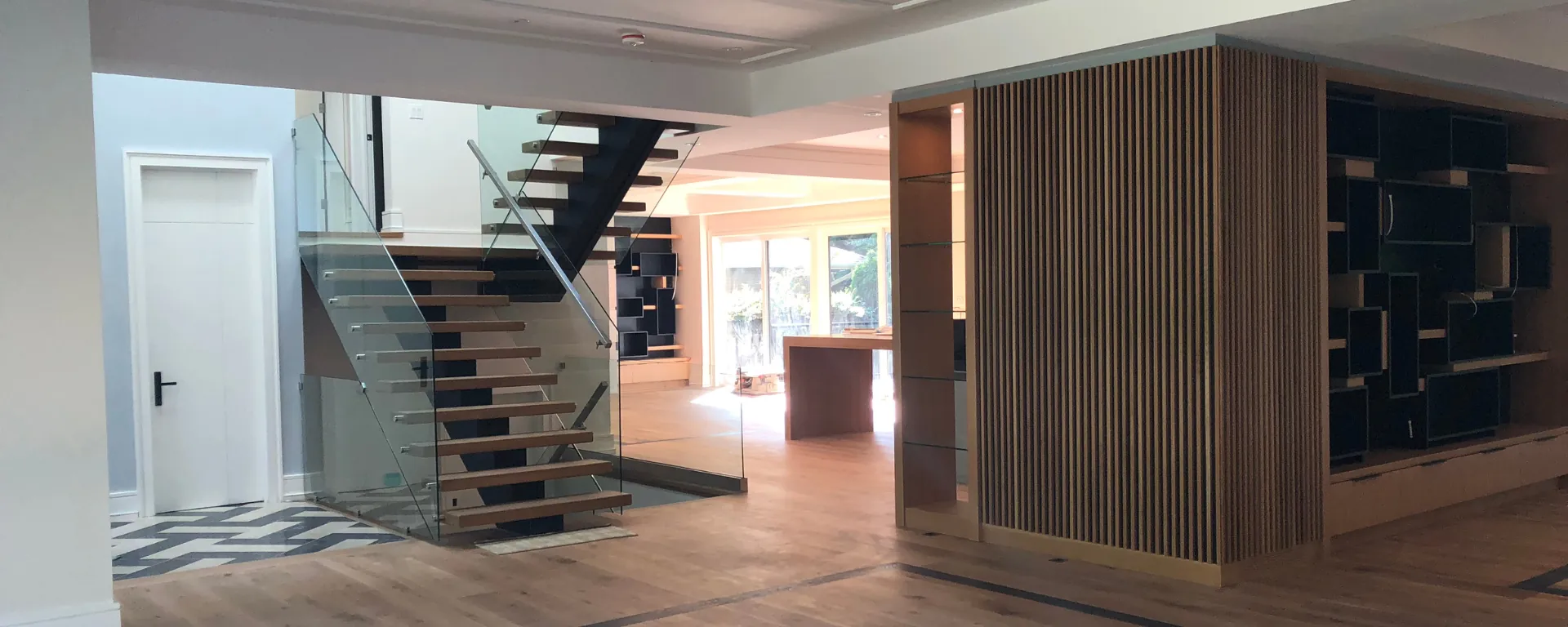
To achieve a professional quality paint job, always prepare your surfaces before painting. This means thoroughly cleaning to remove dust and grease, repairing any cracks or damage, sanding for a smooth finish, protecting edges and furniture with tape and drop cloths, and applying primer where needed. Proper prep ensures that the paint bonds properly, looks smoother, and lasts much longer.
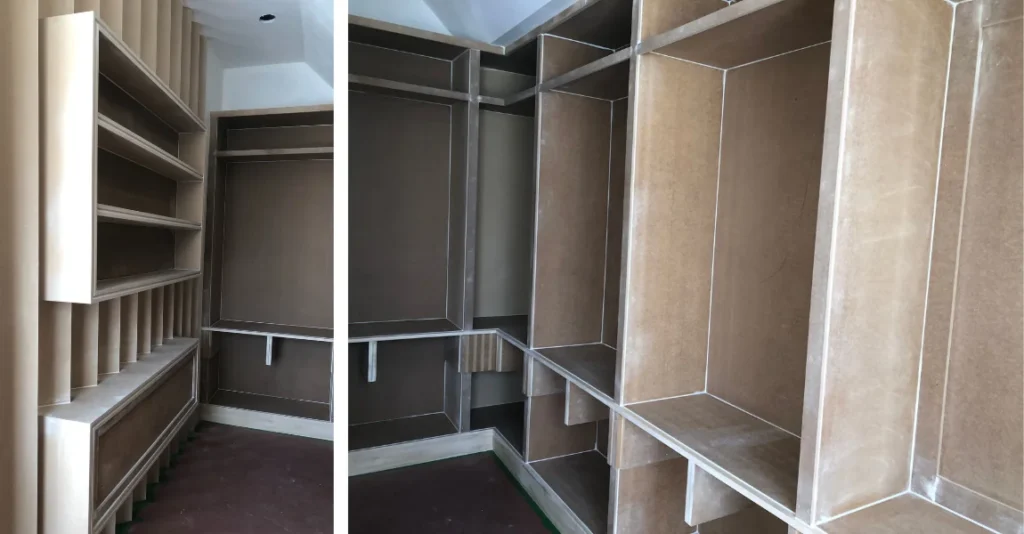
Most homeowners think paint alone creates the finished look. In reality, paint is only as strong as the surface it clings to. Dust, dirt, old flaking paint, or moisture will prevent proper adhesion, and even high-quality paint can fail if the wall isn’t prepared correctly. Professional painters spend as much time preparing surfaces as they do applying color, because preparation is the foundation of a lasting finish. Done right, prep ensures better durability, a flawless appearance, and protection against future problems like peeling or water damage.
Before paint touches the wall, the surface must be completely clean. Any grease, dust, or residue acts like a barrier between the wall and the paint. For interior walls, a gentle soap-and-water wash is usually enough, but kitchens often require degreasers to cut through cooking oils. Bathrooms should be checked for mildew, which can be treated with a water-and-vinegar mix or a specialized cleaner.
On exterior surfaces, power washing is often the first step. It removes dirt, chalky residue, and loose material that would otherwise cause the paint to peel. The key is patience paint should never go on a damp or dirty wall.
Walls, trim, and exteriors often carry the scars of everyday life: nail holes, dents, cracks, or wood rot. Painting over them only makes these flaws stand out more. That’s why repairs come next. Drywall holes should be patched with spackle or joint compound, while wood cracks can be filled with wood filler. Masonry cracks in brick or stucco should be sealed with the proper masonry patch.
Once repairs dry, they must be blended with the surrounding surface. A smooth, seamless repair will disappear after painting; a rough patch will stick out forever.
Even if your walls look fine to the naked eye, sanding is critical. Glossy surfaces, in particular, need to be dulled so the new paint can grip properly. Light sanding with fine-grit paper (around 120–220 grit) smooths patched areas, removes shine, and creates a texture that paint can bond to.
On exteriors, sanding or scraping is needed to feather the edges of peeling paint so they blend into the surface. Indoors, doors, cabinets, and trim often benefit from sanding old varnish or rough paint layers before they’re repainted. After sanding, every bit of dust should be wiped away with a tack cloth otherwise, it will mix with your fresh paint and ruin the finish.
Professional painters are just as precise in protecting surfaces as they are in painting them. Edges are taped with painter’s tape to create crisp, clean lines. Floors, countertops, and furniture are covered with drop cloths to avoid splatters. Outlets and hardware can be removed or masked to save cleanup later.
This step may feel tedious, but it’s what separates a messy, rushed job from one that looks polished and deliberate.
Primer is often misunderstood it’s not just an “extra coat,” but a crucial part of professional preparation. Primer seals porous surfaces, blocks stains, and provides the perfect base for paint to stick. New drywall absorbs paint unevenly without primer, glossy surfaces risk peeling, and stained walls can bleed through new coats unless sealed.
Wood, metal, and masonry each require specialized primers to prevent problems like tannin bleed, rust, or moisture damage. Even for regular walls, using a primer can reduce the number of topcoats needed and create a richer, more even finish.
It’s tempting to jump straight into painting after all, that’s the fun part. But skipping prep usually leads to disappointment. Paint may peel, scuff easily, or highlight imperfections you thought would disappear. In the long run, you’ll spend more time and money repainting than you saved by cutting corners. Professionals know that prep is never optional it’s the key to results that last.
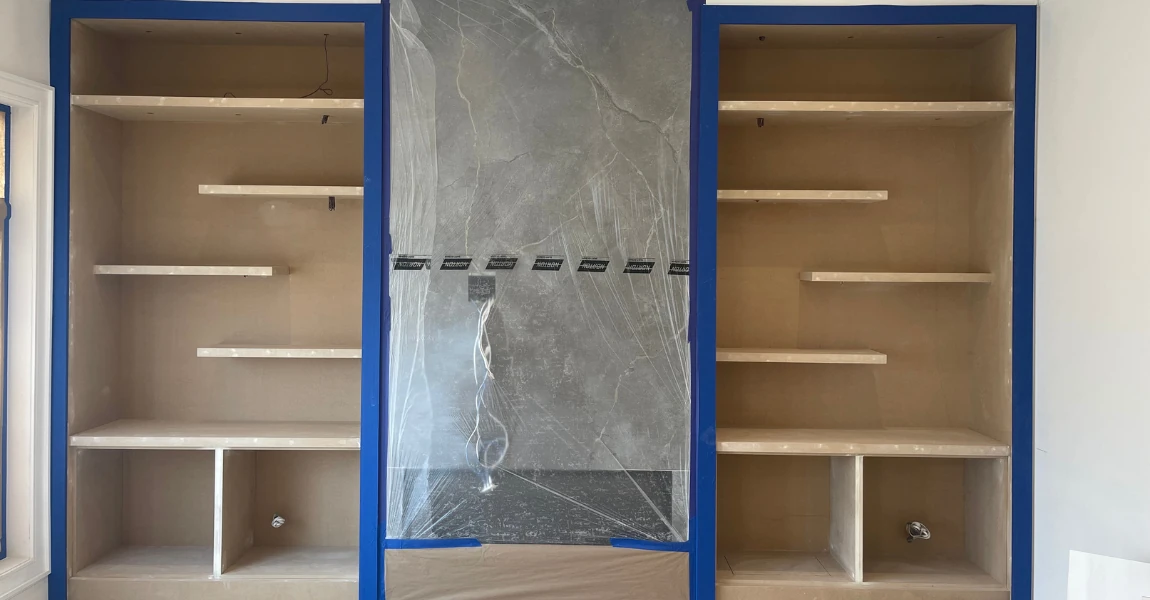
Prepping surfaces before painting may not be glamorous, but it’s the step that separates a DIY look from a professional finish. A properly cleaned, repaired, sanded, protected, and primed surface allows the paint to do its job adhere smoothly, resist wear, and look beautiful for years to come.
At Guilds Painting, we pride ourselves on meticulous preparation. Every wall we paint is carefully cleaned, repaired, and primed to ensure that when the final coat goes on, it looks flawless and lasts.

Learn how to match paint with your home’s architectural style discover timeless color pairings that enhance character, balance design, and boost curb appeal.

2025 marks a new era of collaboration discover why strategic partnerships between trades are key to stability, growth, and smoother construction projects.
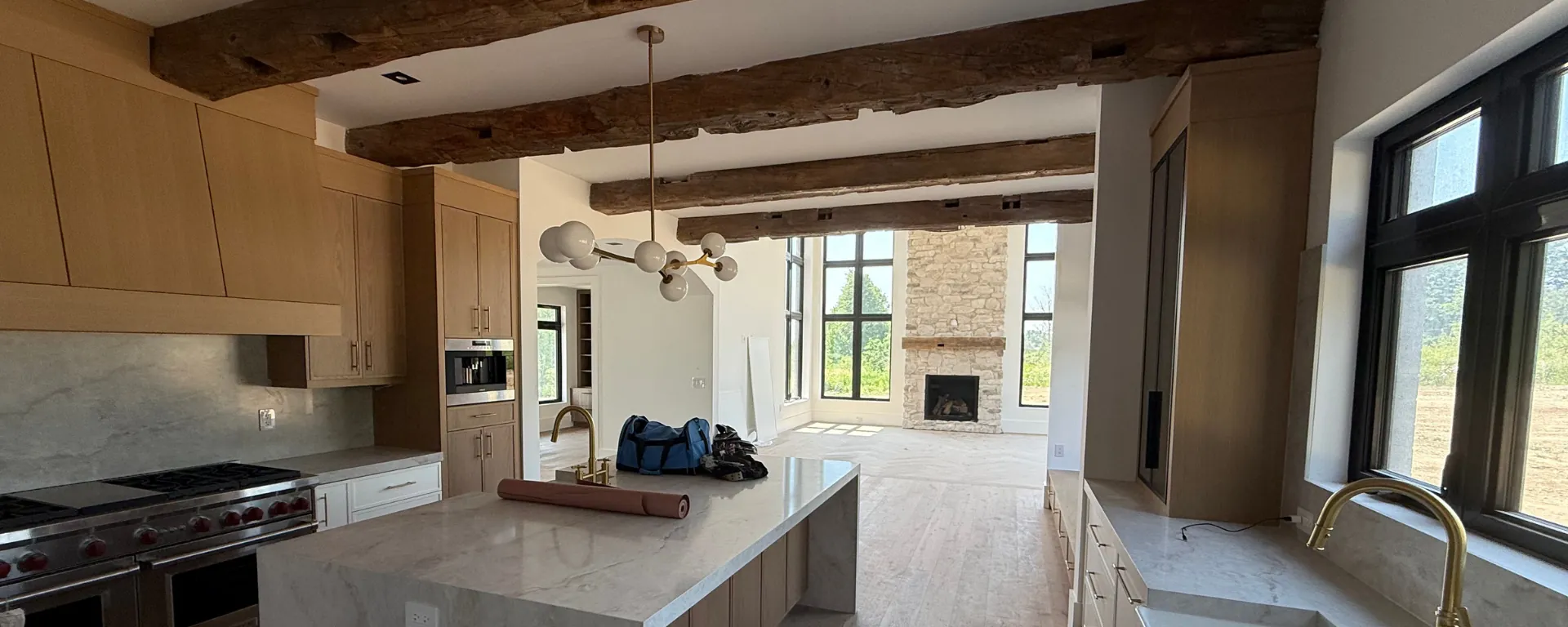
Learn how to spot early signs it’s time to repaint peeling, fading, cracks, and stains can signal wear. Keep your home fresh and protected with timely updates.
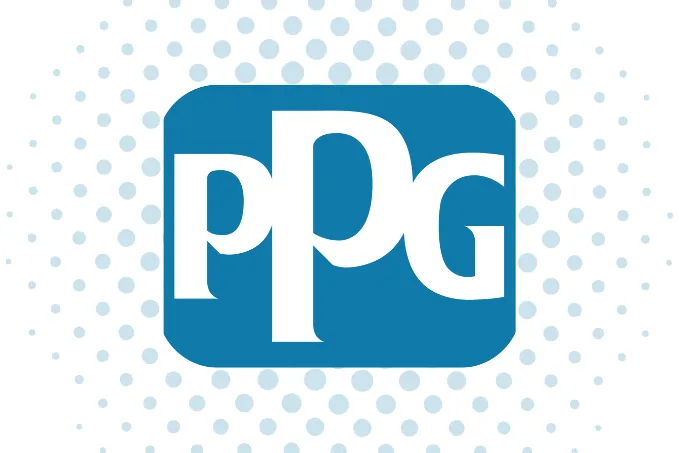
PPG sells its U.S. and Canadian architectural coatings business to American Industrial Partners, reshaping paint brands, pricing, and supply across North America.
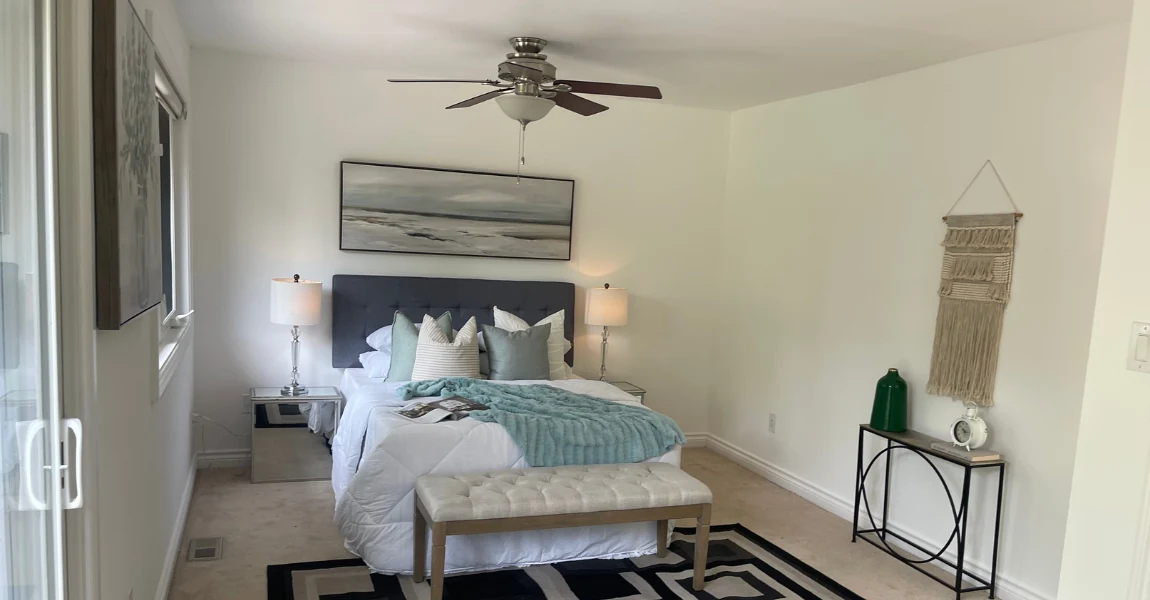
Discover how to calculate paint quantity accurately for any project save money, avoid waste, and ensure perfect coverage with these simple professional tips.
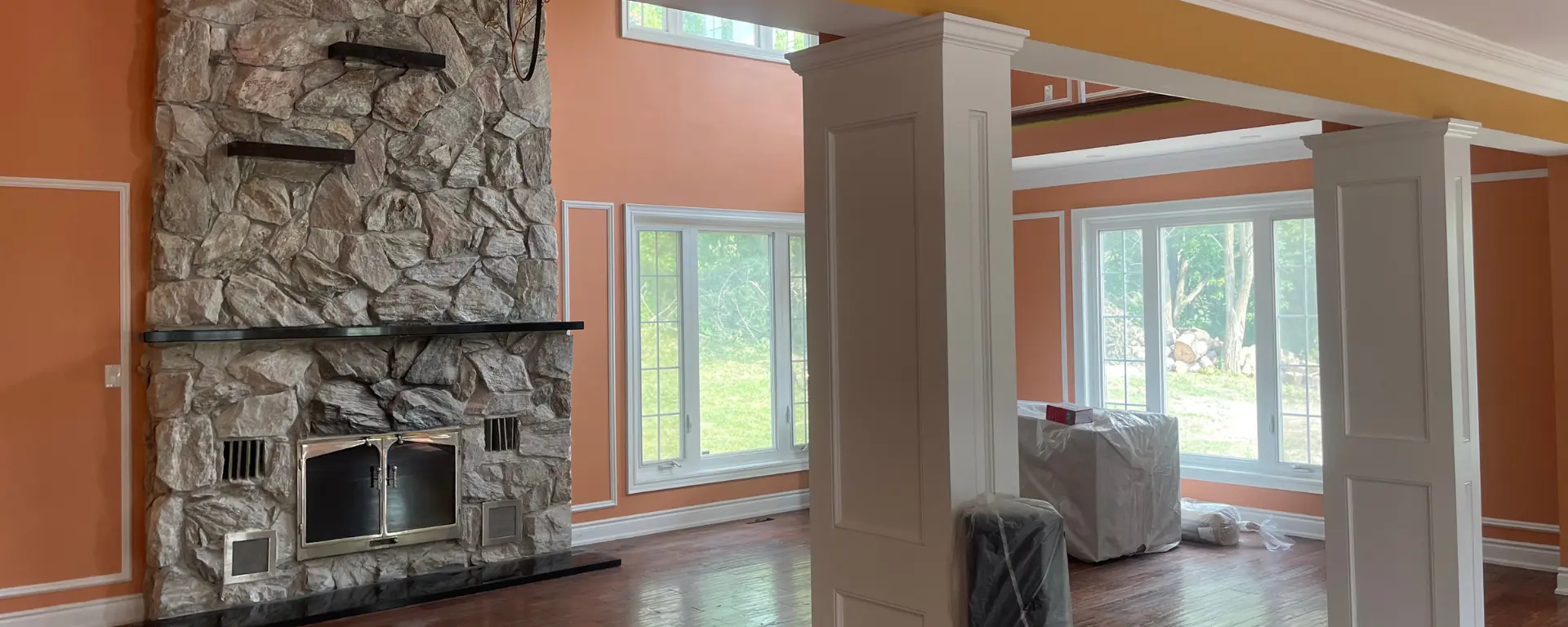
Discover creative ways to use bold colors in your space learn how to balance vibrant tones with neutrals to create depth, personality, and modern style.
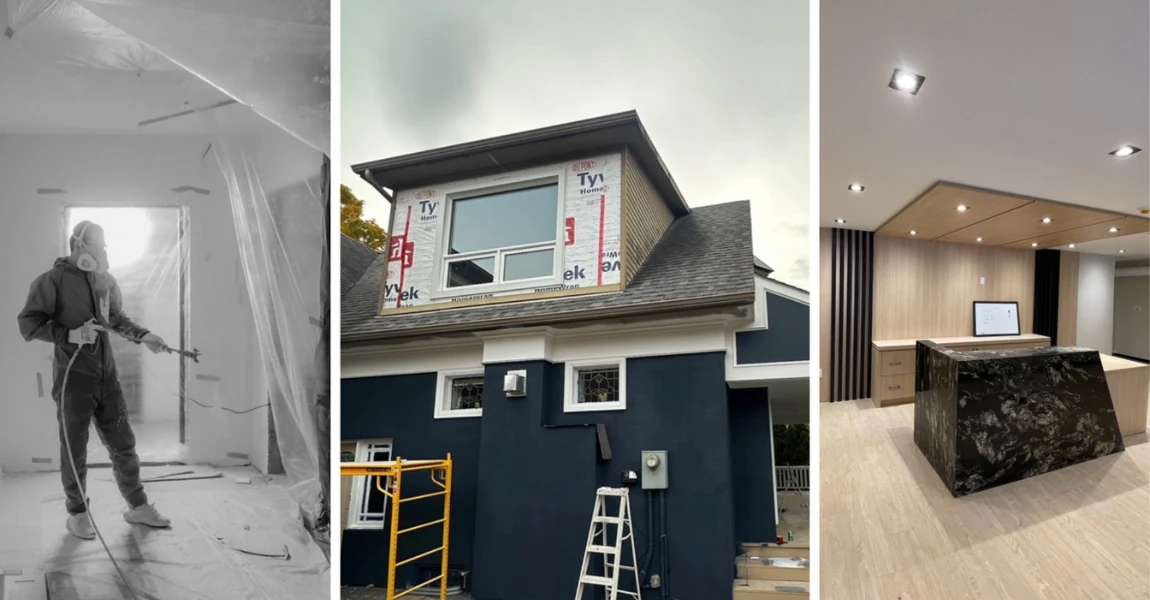
Sherwin-Williams’ revised 2025 profit forecast signals rising costs and shifting demand here’s how it impacts contractors, homeowners, and paint projects ahead.

Understand paint sheen differences learn how matte, eggshell, satin, semi-gloss, and gloss finishes affect look, durability, and the best spaces to use each.

Sherwin-Williams lowers its 2025 profit forecast amid soft demand what this means for paint prices, contractors, and the future of the coatings industry.

Unravel the complexities of house painting costs with our detailed guide. Discover what factors influence both interior and exterior painting expenses and how to budget for your project.
Fill out the form below and we’ll be in touch to discuss your painting needs, answer your questions, and provide a clear quote for your project.